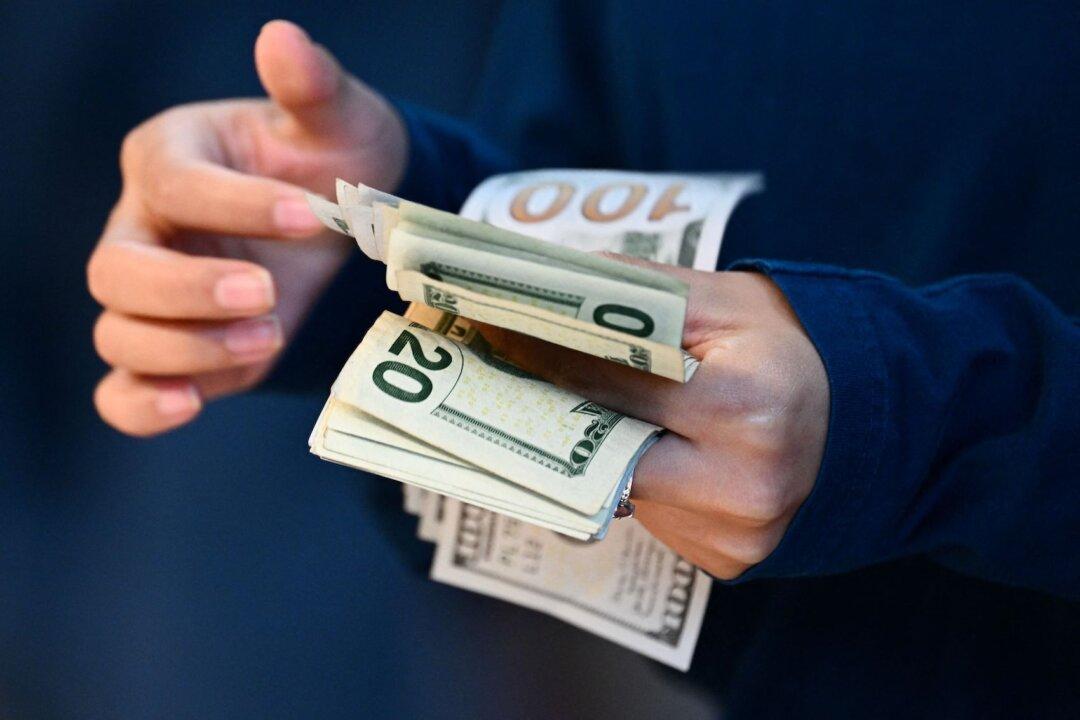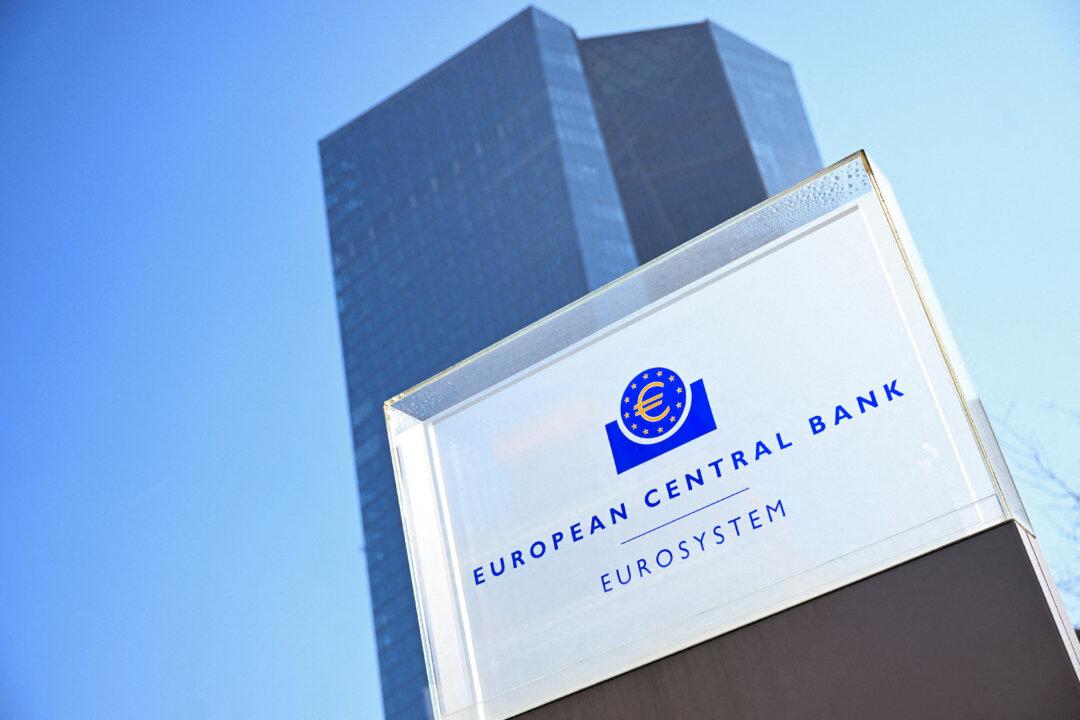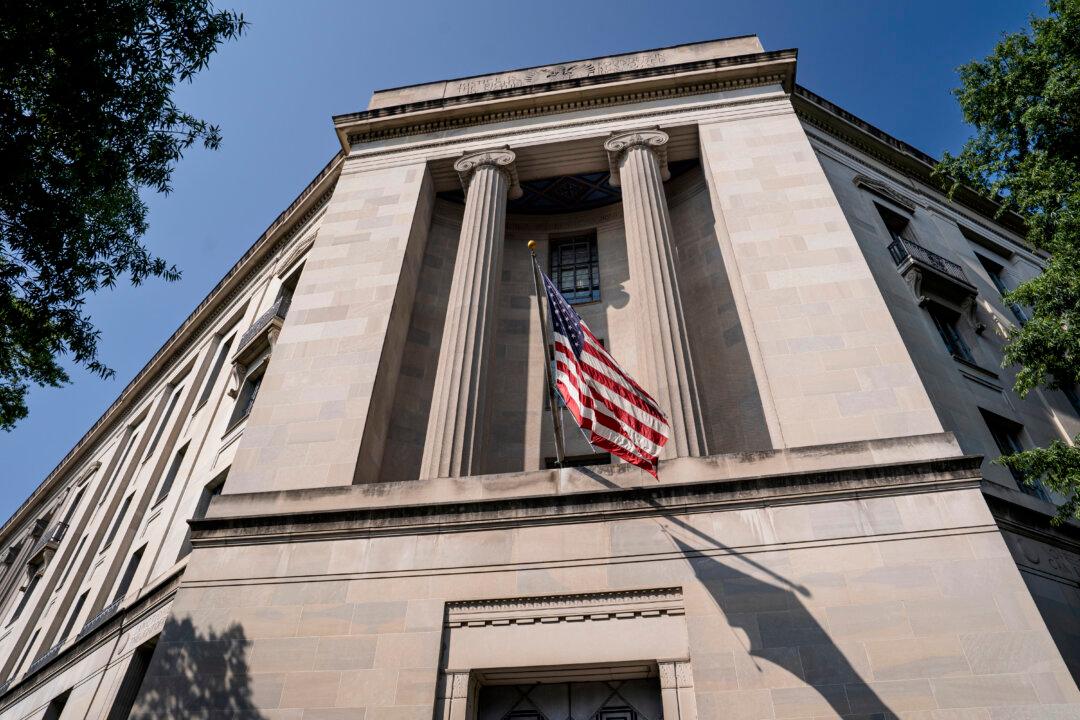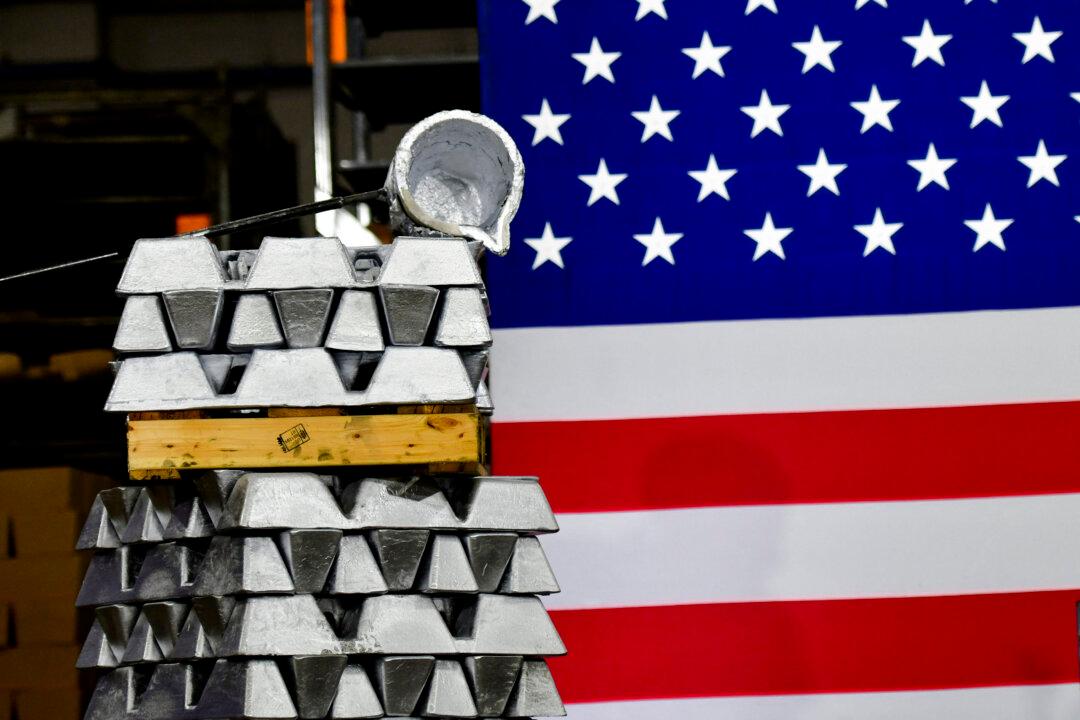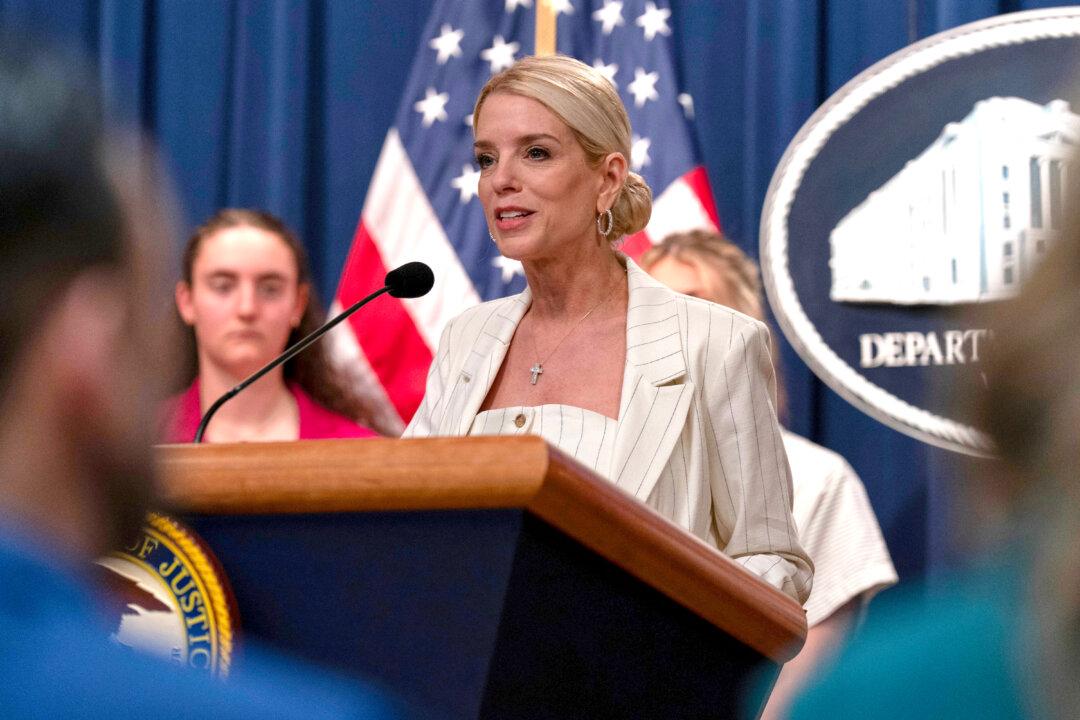A significant jump in the number of Americans yanking money out of their 401(k) accounts to pay bills and buy necessities is the latest sign that the U.S. consumer is experiencing increasing levels of financial strain.
The report shows that 2.3 percent of U.S. retirement plan participants took a hardship withdrawal in the third quarter of 2023, up from 1.8 percent in the third quarter of 2022.
Avoiding foreclosure or eviction and covering medical expenses were two of the top reasons given for taking hardship withdrawals.
Besides hardship withdrawals, there was also an increase in the number of Americans taking loans from their retirement savings accounts, with this share growing from 2.4 percent in the third quarter of 2022 to 2.8 percent in the comparable period in the following year.
Inflation continued to be a major concern in the third quarter, with nearly three-quarters of employees indicating that inflation was causing them stress.
Wages Not Keeping Up With Inflation
Among employed Americans, 60 percent said their incomes haven’t kept up with increases in household expenses because of inflation over the past 12 months, according to a new survey from Bankrate. That’s up from 55 percent last year.Less than one-third (29 percent) said their pay has kept up with or exceeded inflation this year compared with 33 percent last year, and 11 percent said they don’t know.
“The job market has lost some of its steam since the Federal Reserve began raising interest rates to quell inflation, but not much,” Bankrate analyst Sarah Foster told The Epoch Times in an emailed statement.“The share of workers who got a raise in the past year is matching last year’s historic levels, and more Americans are getting raises today than they were before the pandemic. Even so, inflation remains painfully high for many households, eroding those gains.
“High inflation feels a bit like taking a pay cut in itself, and it might be one reason why Americans suggest the economy isn’t as strong as it looks on paper.”
November was the fourth consecutive month of declines in the sentiment measure, with the deepening confidence slump coming as the geopolitical crises in Ukraine and Gaza show no sign of ending anytime soon.

Inflation expectations jumped for both the near and long term, reflecting consumer fears that the recent easing of price pressures would be short-lived.
U.S. consumers expect inflation to average 4.5 percent over the next 12 months and 3.2 in the next five years, according to the University of Michigan survey. That’s up from the 4.2 percent and 3 percent, respectively, that consumers predicted when asked in October.
In particular, the five-year inflation expectation reading is the highest in 22 years.
“Consumers appear worried that the softening of inflation could reverse in the months and years ahead,” Joanne Hsu, University of Michigan Surveys of Consumers director, said in a statement.
The jump in inflation expectations comes despite the fact that the consumer price index (CPI), a measure of inflation, fell to 3.2 percent in October from 3.7 percent in September.
Recession Warnings Abound
Recent data from October show that while 69 percent of U.S. consumers expect a recession over the next 12 months, a whopping 84 percent of C-suite executives believe a contraction will materialize.Although there have been some encouraging economic data since then, including on employment and inflation, it’s unlikely that the numbers have changed all that much in the past two months—at least if JPMorgan CEO Jamie Dimon’s recent remarks are anything to go by.

Mr. Dimon recently warned that inflation could accelerate again and that a recession could well hit the country if the Federal Reserve raises interest rates in response to price pressures that are surging again.
“A lot of things out there are dangerous and inflationary. Be prepared,” he said at the 2023 New York Times DealBook Summit in New York on Nov. 29.
Mr. Dimon said geopolitical tensions and the energy transition were prompting governments to ramp up spending, which is inflationary. If a new inflationary spike were to materialize, this would pressure the Fed to raise interest rates further, which could tip the economy into a downturn.
